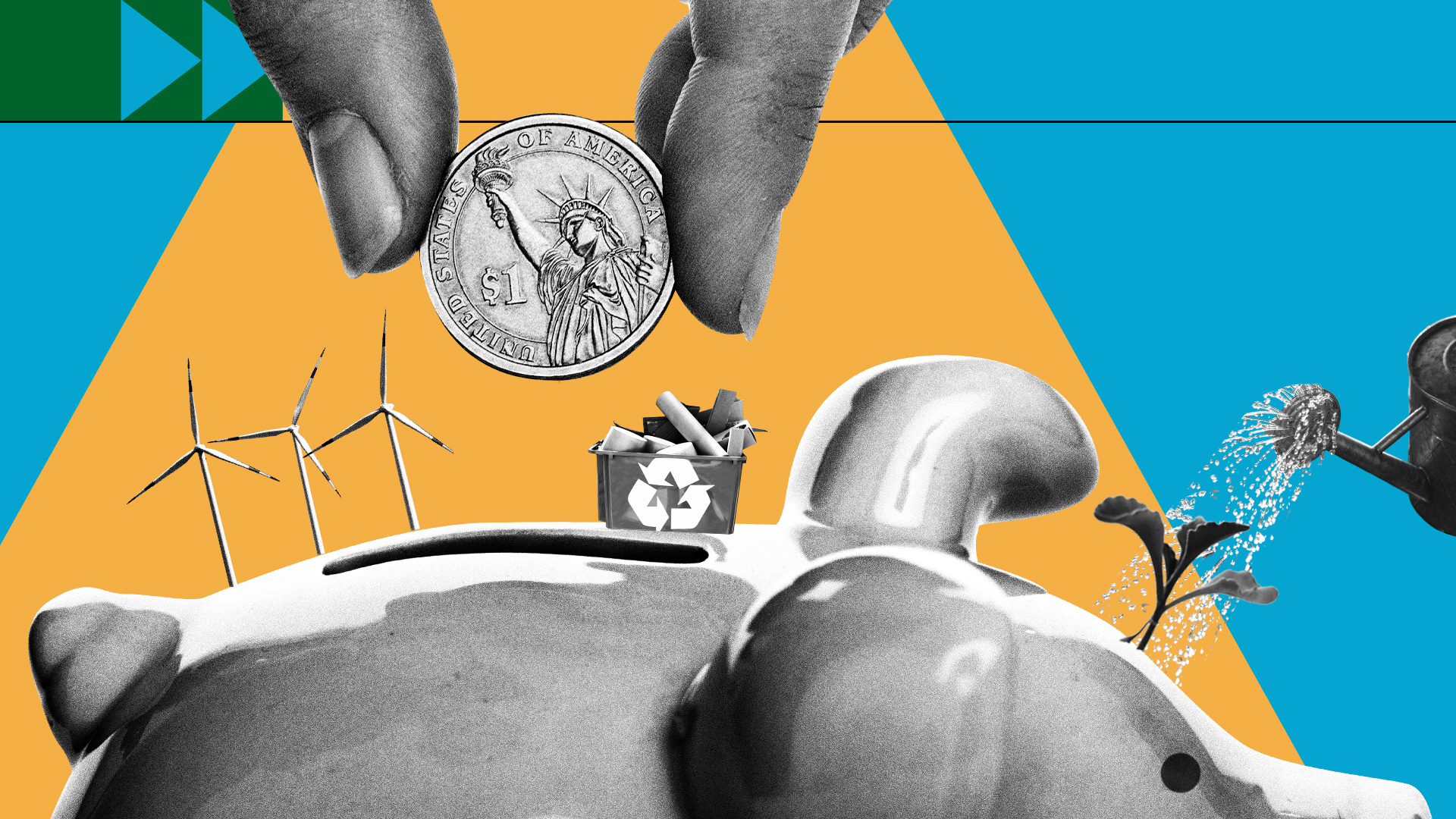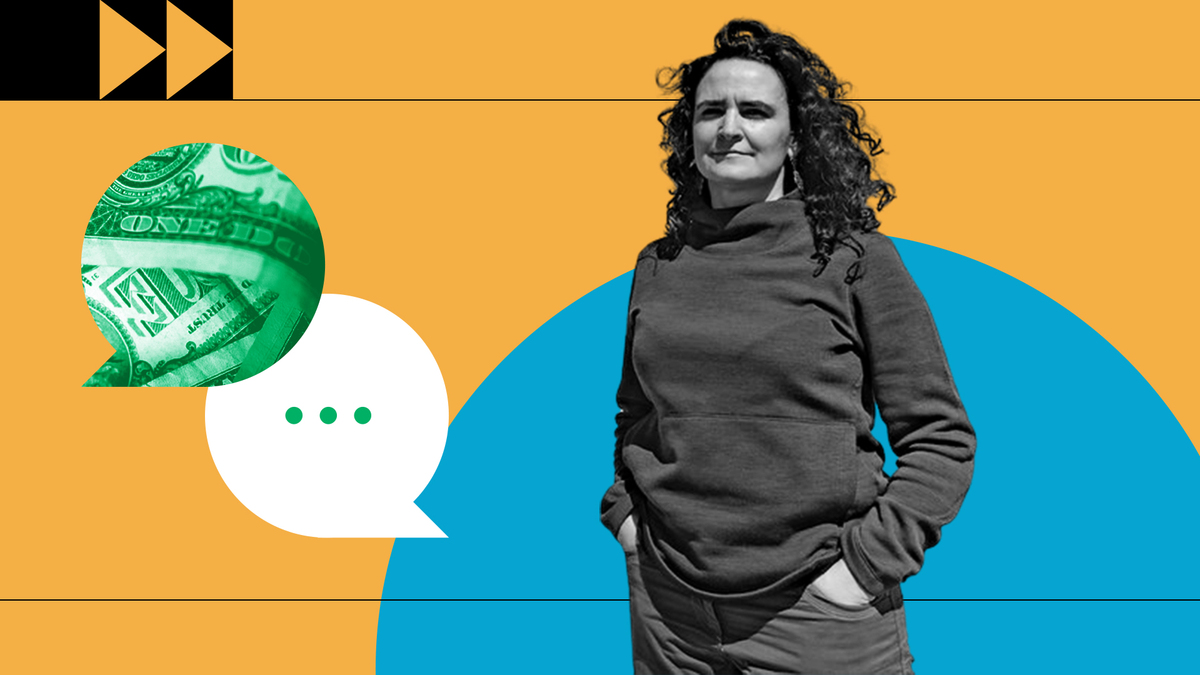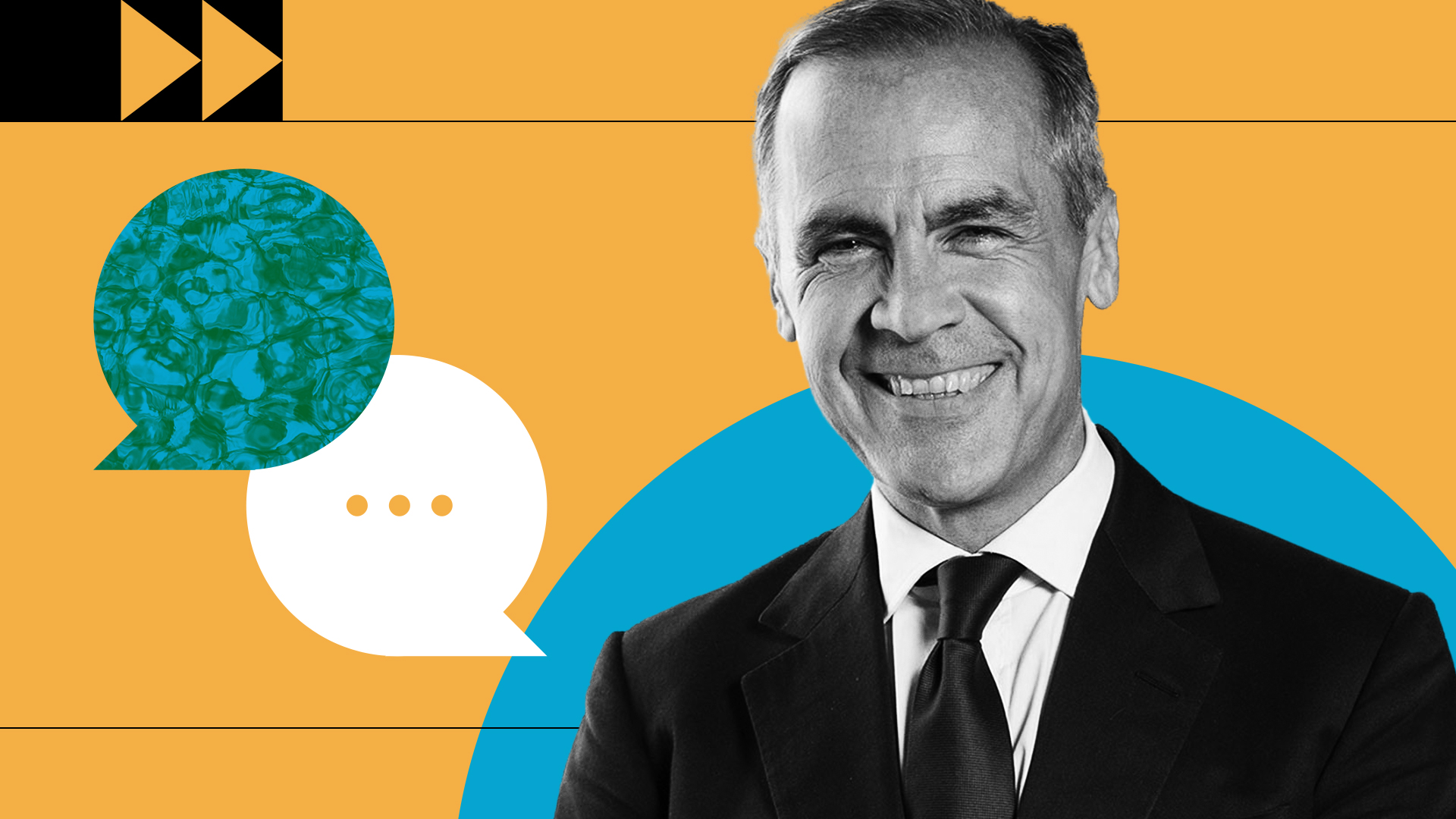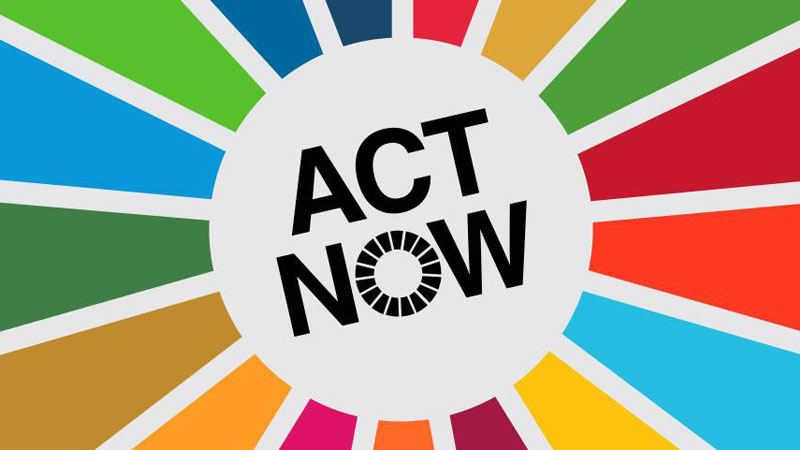Finance & Justice
While all people have inherent human rights to live and thrive, the lack of resources to limit and adjust to the impacts of climate change is pushing a decent life and even survival beyond reach for many. That’s a stark injustice, compounded by the fact that countries and communities with the most limited means are mostly those who have contributed little to causing climate change. Most greenhouse gas emissions have come from wealthier countries. Poorer nations, with fewer factories and cars and household appliances burning fossil fuels, have historically emitted only a small share of the total.
The original 1992 United Nations Framework Convention on Climate Change set the stage for climate justice by embracing a landmark principle: common but differentiated responsibilities. It requires everyone to act on climate change. But justice demands that those who have contributed more to the problem assume a greater responsibility for solving it. Heavy emitters have to act first and fast in cutting pollution. Justice also depends on wealthier nations providing finance to countries with more limited means so they can keep up with enormous financial burdens as climate change accelerates.
In many respects, climate finance, when it is sufficient and invested in the right ways, is a path to climate justice. How can it happen?
1. Setting a new goal for climate finance
In 2009, developed countries agreed on mobilizing $100 billion a year for developing countries to adapt to climate change and cut greenhouse gas emissions. This included fund flowing through bilateral, regional and multilateral channels, as well private funds, through a variety of mechanisms, such as grants, loans and even insurance.
In 2022, developed countries met this goal for the first time, providing a total of $115.9 billion in climate finance for developing countries. However, only a small share of the total went to low-income countries and only about a quarter to Africa. Loans made up the largest funding category, mainly going to middle-income countries.
At COP29 in November 2024, governments agreed to set a New Collective Quantified Goal on climate finance of at least $300 billion per year by 2035, tripling the previously agreed target. In addition, they agreed to secure efforts of all public and private entities to scale up finance to developing countries to $1.3 trillion per year by 2035.
The aim is to channel greater funds towards urgently needed climate action in developing countries, supporting low-carbon, climate-resilient solutions in energy, transport and agriculture for instance, and enabling developing countries to step up their climate ambitions in the next round of national climate plans, which are due in 2025.
The scale of finance needed is significant. Estimates say that emerging markets and developing countries, excluding China, need between $2.3 trillion and $2.5 trillion a year by 2030 to meet climate goals. That is four times what is currently invested.
2. Doubling finance for countries to adapt to climate impacts
While every country needs to work towards net-zero emissions, each country and community also must adapt to climate change. Adaptation is the foremost priority in countries with lower emissions and acute vulnerability to climate fallout, as is the case for many small island developing States and least developed countries. Building storm-resistant housing, planting drought-tolerant crops, installing reliable water supplies and investing in social safety nets are among many adaptation essentials.
With half the world’s population now living in the climate “danger zone,” where people are 15 times more likely to die from climate impacts, the Secretary-General has called for doubling finance for adaptation. It must be equitably distributed in ways that do not impose additional constraints. Concerningly, over 60 per cent of adaptation finance involves loans instead of grants, a share that has been rising.
Climate adaptation is becoming more expensive as the magnitude of climate change sets in. Countries may need to spend up to $387 billion a year by 2030, and significantly more by 2050, according to the United Nations Environment Programme.
Despite these needs, and despite pledges made at COP26 in Glasgow to double adaptation finance to around $40 billion per year by 2025, adaptation finance reached only $32.4 billion in 2022. Adaptation finance needs are about 10–18 times as large as current international public adaptation finance flows.
3. Reforming the World Bank and other development banks to make them fit-for-purpose
The current system of lending money to countries for climate and sustainable development is broken. The Secretary-General has referred to the international financial system as “short-sighted, crisis-prone, and bear(ing) no relation to the economic reality of today,” noting that it was created before climate change even existed.
The Pact for the Future, adopted by world leaders in September 2024, presents the most detailed agreement ever at the United Nations on the need to reform the international financial architecture so that it better represents and serves developing countries.
Injustices in the international financial system have profound impacts. Even if many countries want to invest in climate action that benefits the world as a whole, many cannot afford to do so. Currently, 52 developing countries are suffering severe debt problems. They are home to 40 per cent of all people living in extreme poverty; half of them are among the world’s most climate-vulnerable nations.
High financing costs largely drive unsustainable national debt burdens. Even before the recent surge in interest rates, least developed countries borrowing from international capital markets faced rates of up to 8 per cent compared to 1 per cent in many wealthier countries. When it comes to climate finance, this can translate into heavy costs beyond what climate action already requires. In 2019-2020, over 60 per cent of climate finance entailed borrowing funds, or around $384 billion. Only $47 billion came with low cost or concessional interest rates. No-cost grant finance was only $36 billion.
The Secretary-General has called for reforming the international financial system to make climate and development finance more affordable and adequate, and positioned to combat the scale of the climate crisis. He has urged an SDG Stimulus that would boost financing for sustainable development by at least $500 billion per year. The Secretary-General and the Prime Minister of Barbados have joined forces under the Bridgetown Initiative, which advocates channeling billions from the International Monetary Fund, multilateral development banks and the SDG Stimulus Plan to developing nations, and mobilizing over $1.5 trillion annually in private-sector green investments.
4. Mobilizing finance for loss and damage
Funds for adaptation help prepare for and lessen climate impacts. Yet loss and damage are inevitable, and disproportionately and unfairly experienced by vulnerable developing countries. Prolonged heat waves, desertification, ocean acidification and extreme events, such as bushfires and crop failures, are already happening and will become worse over time, destroying infrastructure and sapping struggling economies. Some countries will lose large portions of land to sea level rise.
Finance specifically dedicated to loss and damage helps pay for climate-related impacts that happen even if countries adapt and prepare well in advance. It can draw on various financial tools. The Secretary-General has proposed taxes on windfall fossil fuel profits as one option. Debt swaps, where existing debt is forgiven so that funds can be used for climate responses, offer another alternative.
In 2022, UN climate talks agreed to create a Loss and Damage Fund. In 2023, countries set the loss and damage fund in motion, hosted by the World Bank. As of 23 January 2025, a total of $741 million has been pledged to the Fund by 27 contributors.
Now developed countries must put forth much more finance to fill the fund. A 2023 analysis found that, between 2000 and 2019, the world suffered at least $2.8 trillion in loss and damage from climate change – costing around $16 million per hour.
The UN Secretary-General has described action on loss and damage as a matter of international solidarity and climate justice, stressing that “in an era of climate extremes, loss and damage finance is a must.”
Loss & Damage Fund : Why does it matter?
5. Protecting all people from climate disasters with early warning systems by 2027
When disasters loom, early warning systems save lives. Yet only half of countries have them. As hazardous weather and climate events intensify, the Secretary-General has launched a drive to cover everyone by 2027 at the latest. This is more feasible than ever since 75 per cent of people have a mobile phone and 95 per cent can access the Internet. It is also more needed. Disasters have increased five-fold over the last 50 years, causing an average loss of 115 lives and $202 million in losses every day.
Early warning systems not only uphold human rights to life and safety but are also highly cost-effective. The Global Commission on Adaptation estimated that a 24-hour notice of an impending disaster can reduce damage by 30 per cent. Investing $800 million in such systems in developing countries would prevent losses of $3 to $16 billion annually.
With that in mind, the Early Warnings for All initiative advocates spending $3.1 billion from 2023 to 2027 to achieve universal coverage. That’s equivalent to just 50 cents per person a year. To marshal rapid action, the United Nations is partnering with the Red Cross, civil society, tech companies, donor governments, development banks and the insurance sector.

Why finance climate action?
Climate action requires significant investment, but its value is immense: a livable climate. Countries around the world are showing how climate finance can improve people’s lives and prospects for the planet.

Adaptation
What is climate adaptation? Why is it so important for every country? Find out how we can protect lives and livelihoods as the climate changes.

Mafalda Duarte: Climate finance catalyses change
Mafalda Duarte, CEO of the Climate Investment Funds, spoke about how public climate finance catalyses change and why successful climate action depends fundamentally on social inclusion.

Mark Carney: Investing in net-zero climate solutions creates value and rewards
UN Special Envoy on Climate Action and Finance Mark Carney spoke about how private finance is increasingly aligned behind achieving net-zero greenhouse gas emissions. He underlined that people everywhere should keep up the pressure in calling for climate action.

Loss and damage: A moral imperative to act
Dr. Adelle Thomas, a lead author of the IPCC’s 2022 report on Impacts, Adaptation and Vulnerability, sheds light on what loss and damage mean for vulnerable populations exposed to the worsening climate impacts, and the growing imperative to act.

Early warnings for all
Early warnings to predict floods, droughts, storms and other weather extremes are a proven, cost-effective way to save lives and livelihoods. But a third of the world’s people are still not covered by such systems.

Act for a Better Economy
ActNow is the United Nations campaign to inspire people to act for the Sustainable Development Goals. Learn how you can take action for a better economy next time you make a purchase, cast a vote or even perform a household task.
